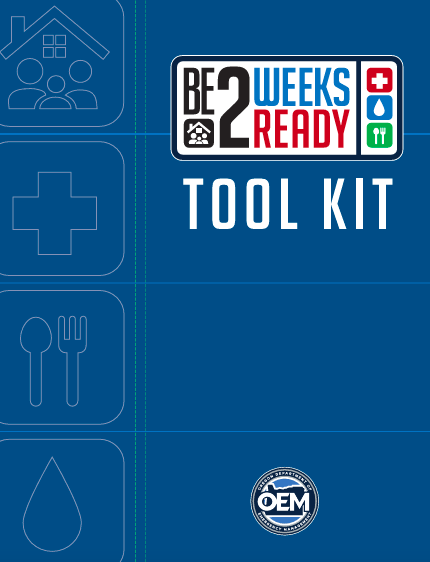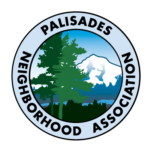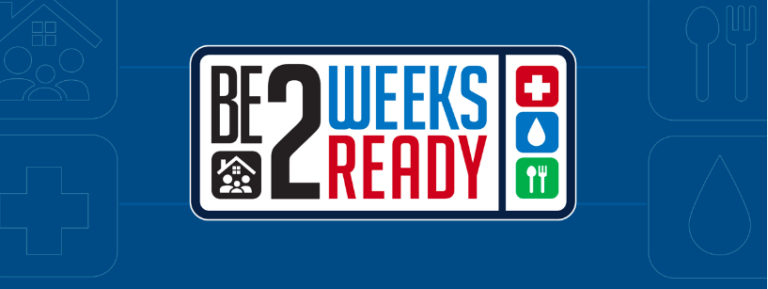
PNA has been following the City of Lake Oswego’s adoption of the Be 2 Weeks Ready (B2WR) Program. Oregon has faced a series of emergencies, including floods, droughts, wildfires, ice storms, heatwaves, and a pandemic. These events show the critical importance of being prepared. The Oregon Office of Emergency Management (OEM) aims to empower people to prepare effectively because once a disaster occurs, preparation time is over. This is why individuals, families, and communities should strive to “Be 2 Weeks Ready.”
For information regarding Oregon’s overall efforts and to read more in depth about Part 5: Waste and Hygiene Plan, click here.
“When I read the B2WR material, I thought about an additional important point about using bleach to sanitize items. If you purchase bleach, pick up the unscented variety and not those with added fragrances,” says Rick Eilers PNA Emergency Preparedness Coordinator. “The unscented bleach can be used to purify drinking water where the scented can’t.”
WASTE AND HYGIENE PLAN
A waste and hygiene plan is crucial for maintaining health after disasters, as sewer and wastewater systems often take longer to restore than other infrastructures. Here’s a summary of the core areas covered:
- Personal Hygiene – Prioritize cleanliness to prevent infections. Avoid bathing in contaminated water, use clean water for brushing teeth, and conserve water with wipes, dry shampoo, or diluted bleach solutions.
- Household and Pet Waste – Use simple and safe methods like pit toilets or the two-bucket system to manage human waste, reducing health risks. Double-bag waste, store separately, and prevent contact with food and water.
- Trash Disposal – Reduce and safely dispose of trash to minimize disease risks. Separate, compact, and if safe, burn or bury waste to control odor and pests.
- Laundry – Without electricity, use manual methods like a washboard or bucket and plunger to keep clothes clean, especially undergarments, which are essential for preventing skin irritation.
- Privacy – Plan for privacy, essential for bathing, changing, and nursing, by including items like tarps or screens in emergency supplies.
- Septic System – Know your septic system’s location and function. Limit water usage and switch to alternative waste disposal methods if the system is damaged.
And remember to wash your hands regularly:

For assistance, explore this activity in the Be 2 Weeks Ready Program Toolkit.


